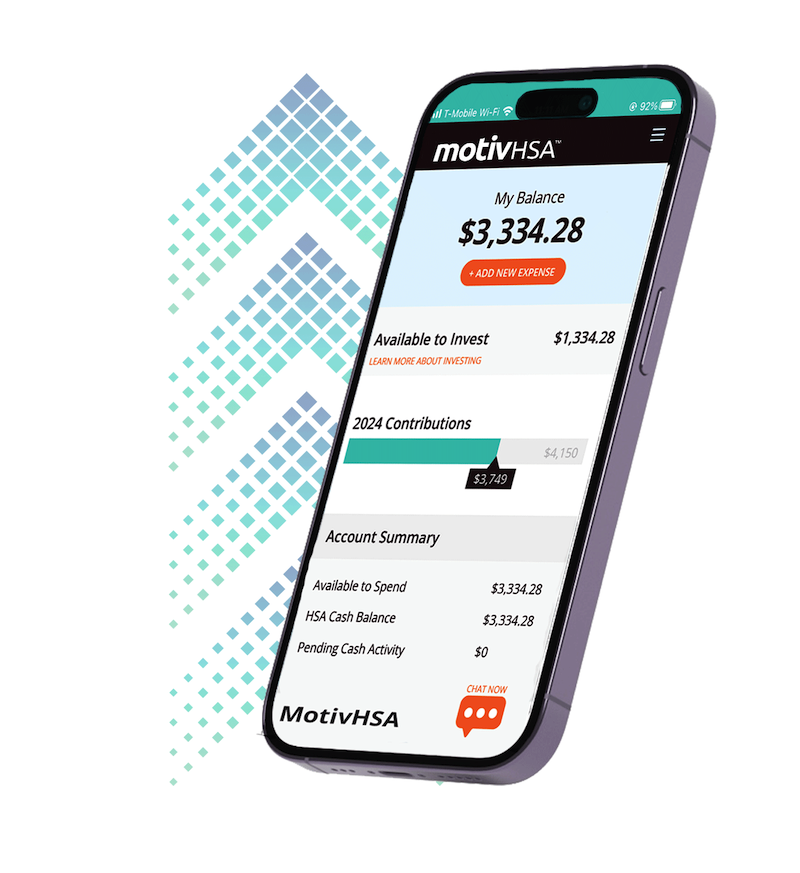By Joy Stephenson-Laws, JD, Founder
The incidence of children with obesity in the United States has more than tripled since the 1970s, according to theCenters for Disease Control and Prevention (CDC).
Currently about one in five school-aged children (ages 6-19) are obese. In addition, “about one-third of American youth are overweight, a problem closely related to the increase in kids with type 2 diabetes, some as young as 10 years old,” the CDC reports. And the longer children are obese or overweight, the more likely they are to remain so as adults.
We have to change these statistics. And a recent study suggests the place to start is in the kitchen.
A study of thousands of Canadian, elementary school-aged children found that kids who are regularly involved in healthy meal preparation at home were more likely to have the skills and confidence to make better food choices outside of the home. On top of that, these children were more likely to enjoy eating a larger variety of fruits and vegetables.
This study involved an extensive survey. The children were asked how often they helped prepare meals at home. Answer options were: “Never,” “Almost never,” “Several times a day” and “On most days.”
Next, the children’s fruit and vegetable preference was looked at. Preferences for three fruits (apples, oranges, blueberries) and nine vegetables (carrots, tomatoes, green beans, broccoli, spinach, zucchini, cabbage, squash, green peas) were evaluated.
Answers included: “Like a lot,” “Like a bit,” “Don’t like” and “Don’t know.” Children were instructed by evaluation assistants to select “Don’t know” if they had never tried the fruit or vegetable.
Finally their ability to make healthy food choices were also tested. The children were asked six questions:
- Are you confident you can eat healthy food at school?
- Eat a healthy snack between school and dinner?
- Eat healthy food or choose a healthy snack when with friends?
- Eat healthy food when eating dinner with the family?
- Choose a healthy snack when alone at home?
- Choose a healthy snack when bored or sad?
Response options ranged from “Very confident to “Not confident at all,” and demographic information was also taken into account including annual household income, urban or rural residency and educational level of parents. About half (51%) of the children surveyed were girls, and the survey pulled from a variety of household incomes and educational backgrounds of the parents.
“Approximately 30% of children reported helping with home meal preparation at least once daily, while 12·4 % reported never helping.” And frequency with home meal participation was associated with an increased preference for fruits and vegetables.
“This association appeared to be more pronounced in vegetable preference compared with fruits, where helping with home meal preparations several times daily led to approximately a 10 % (or 1 point) increase in vegetable preference.”
These new findings are a big deal because vegetables, like broccoli, are often very hard to get kids to eat.
Furthermore, children who ate more meals with their families made healthier diet choices.
It is not enough to simply say to your child, “Eat your broccoli, because I said so.” If your child, however, actually helps prepare the broccoli they may be more motivated to make wiser decisions regarding their health and actually enjoy eating the broccoli.
And these healthy meal prepping principles go beyond the home. “Research on the impact of school garden programs has shown that a hands-on approach of exposing children to a variety of fruits and vegetables is a viable strategy to encourage children to develop increased food preference and subsequently increased intake.”
So what does all this mean for our health?
Well, clearly we need to involve our kids more in the meal preparation process. The findings are clear. More involvement is associated with healthier food choices. And healthier food choices lead to healthier kids.
Here are some useful tips to increase kid participation in the kitchen.
- Instead of family movie night, do family cooking night. Use cool tools in the kitchen, like avegetable spiralizer to make “zoodles” or noodles made from zucchini. There are also safer, kid-friendly knives you can buy.
- Bring it to the bedtime story. Read books with your children about healthy eating and nutrition.
- Make it educational and interesting. Make it a game. Take your kid to the grocery store and ask him/her to pick the veggie for the night. The more you can involve them, the better.
- Plant a garden with them. Kids like to get dirty outside, right? And they may find it fascinating to see where these beautiful, colorful healthy foods come from.
- Tell them why it is important to eat healthy. “Because I said so” is not as meaningful as because this will help prevent you from getting sick, this will help you run better, this will help you maybe when you have a family one day, this will make you feel less tired and this will make that cut or scrape heal faster.
- Watch what you say. Your kid can hear you when you say, “I’m so sick of eating salad!” Get creative and find alternatives to salad. Maybe make a collard wrap instead. If you are happy with your eating, your child will likely be happy with their eating.
At the end of the day, meal prepping is a great way to build your children’s confidence and give them the tools they need to not become victims of obesity and diabetes.
And yes it worked for me. My mom taught me how to cook at an early age, and I had mandatory cooking classes in high school. As a result, I developed skills that helped me make healthier life choices and lead a healthy life.
When we are proactive about the health of our children, we are being proactive about our future health.
Enjoy your healthy life!
The pH professional health care team includes recognized experts from a variety of health care and related disciplines, including physicians, attorneys, nutritionists, nurses and certified fitness instructors. This team also includes the members of the pH Medical Advisory Board, which constantly monitors all pH programs, products and services. To learn more about the pH Medical Advisory Board, click here.
Joy Stephenson-Laws is the founder of Proactive Health Labs (www.phlabs.org), a national non-profit health information company that provides education and tools needed to achieve optimal health. Her most recent book is Minerals – The Forgotten Nutrient: Your Secret Weapon for Getting and Staying Healthy, available through Amazon, iTunes and bookstores.




No Comment